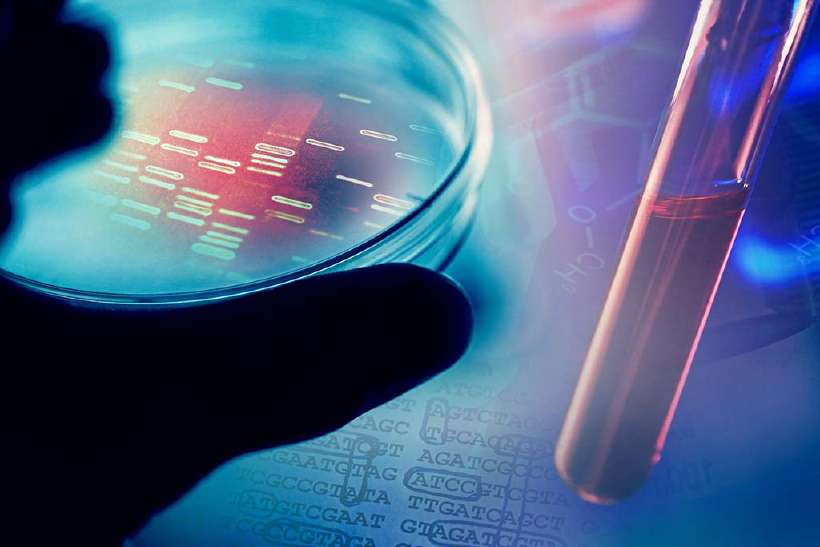What is Ribotyping?
Home / Science for Kids / Planet Earth for Kids / What is Ribotyping?
Consider this, in a murder case, the culprit has left no clues. There are no fingerprints or eye witnesses.
A perfect crime, you would say. But on close inspection, the crime branch discovers a tiny strand of hair. Back in the forensic laboratories, scientists use this strand of hair to track down the criminal and solve the murder case.
But, how can you crack a mystery with a strand of hair, you would exclaim.
The technique used by forensic scientists to track down the culprit is called DNA-fingerprinting. DNA stands for deoxy-ribo-nucleic acid. The DNA is present in every cell of our body and contains information needed by the cell to go about its activities.
The DNA code for every individual is different and unique, just like our fingerprints. Forensic scientists know how to read this DNA code and tell one from another. This is what finally leads them to the culprit.

Now, scientists are using the technique of DNA mapping to track water pollution in coastal areas. Often, the sea is used as a garbage dump by humans. The garbage contains sewage water, which has a lot of faecal matter.
But, it is very difficult to trace the source of these pollutants, since water reaches the sea through various channels. Until now, it was impossible to find out who the real pollutant culprit is.
Now, scientists at the University of Missouri-Columbia, USA, are using DNA-fingerprinting to find whether the source of pollution is human or animal faeces. The key to this new technique lies in finding tiny bacteria called Escherichia Coli and identifying its strains in faeces.
Escherichia Coli: The helpful bacteria
Several bacteria live in the guts of humans and other animals and help in digesting food. E. Coli is one such bacteria. What the scientists are planning to do is to try and find the presence of this bacteria in water. “Their detection in water warns of the possible presence of disease-causing strains of Escherichia coli, salmonella, or hepatitis virus”, says professor Andrew Carson.
Since there are several strains of this bacteria which inhabit the stomachs of animals, scientists (have to fill in data) are attempting to create a library of E. Coli strains found in humans and other animals.
![A Library for Bacteria [Illustration by Shiju George]](/media/earth-127_1_hu1194205e724eef67b31816d968bf58eb_11769_820x0_resize_q60_box.gif)
Once a sample is collected from the beach water, it can be compared against the samples in the library for the presence of that particular strain that inhabits human stomachs. This will tell the biologists whether the source of pollution is human or animal sewage. This technology is called ribo-typing.
Once the cause is found, the pollution causing sewer or drain (since there are separate drains for humans and animal farms) can be easily identified and checked.
461 words |
4 minutes
Readability:
Grade 9 (14-15 year old children)
Based on Flesch–Kincaid readability scores
Filed under: planet earth
Tags: #scientists, #pollution, #library, #bacteria
You may also be interested in these:
What are Dry Clouds?
How does the Lotus Flower Clean itself?
The Cool and Cunning Lark
Evergreen Clothes
Is the Red Colobus monkey extinct?